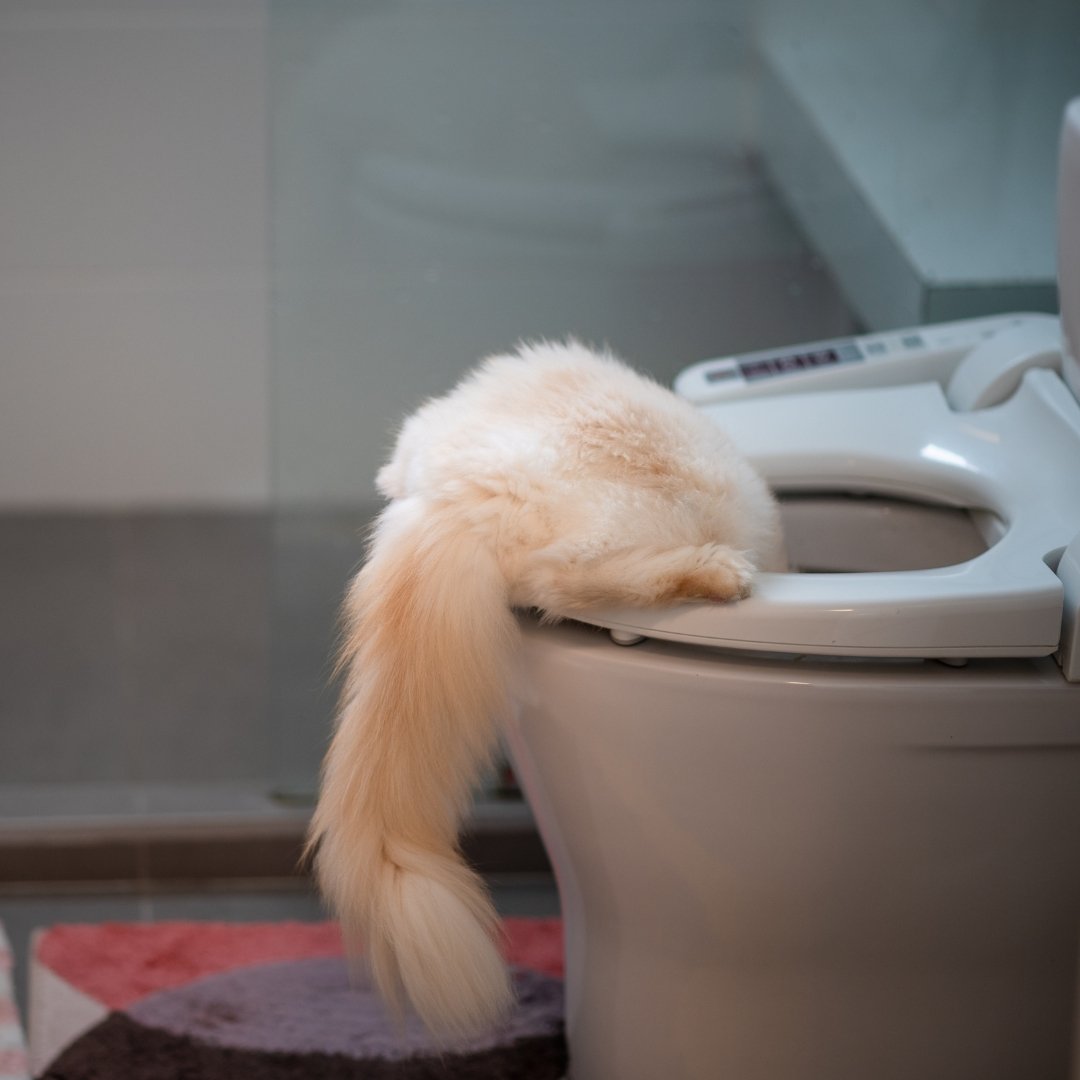Dangers of Disposing Cat Poop in Your Toilet - Precautionary Steps
Request A QuoteEverybody has got their own individual opinions in relation to How to Dispose of Cat Poop and Litter Without Plastic Bags.

Introduction
As cat owners, it's important to bear in mind how we throw away our feline pals' waste. While it may seem practical to flush feline poop down the toilet, this practice can have detrimental effects for both the environment and human health.
Environmental Impact
Flushing pet cat poop introduces hazardous pathogens and bloodsuckers right into the water, posturing a significant risk to marine environments. These contaminants can adversely affect aquatic life and concession water quality.
Wellness Risks
In addition to ecological issues, flushing feline waste can additionally posture wellness risks to humans. Feline feces might contain Toxoplasma gondii, a bloodsucker that can trigger toxoplasmosis-- a possibly severe illness, particularly for pregnant women and people with damaged body immune systems.
Alternatives to Flushing
Fortunately, there are more secure and much more responsible ways to deal with pet cat poop. Think about the complying with options:
1. Scoop and Dispose in Trash
The most usual technique of getting rid of pet cat poop is to scoop it into a naturally degradable bag and throw it in the garbage. Make sure to utilize a devoted trash scoop and take care of the waste quickly.
2. Use Biodegradable Litter
Choose biodegradable cat trash made from materials such as corn or wheat. These clutters are environmentally friendly and can be securely thrown away in the garbage.
3. Hide in the Yard
If you have a backyard, think about hiding pet cat waste in a marked location far from vegetable gardens and water sources. Make certain to dig deep sufficient to prevent contamination of groundwater.
4. Mount a Pet Waste Disposal System
Purchase a family pet waste disposal system particularly made for pet cat waste. These systems make use of enzymes to break down the waste, lowering odor and environmental effect.
Conclusion
Liable pet dog ownership expands past offering food and sanctuary-- it also involves proper waste monitoring. By avoiding purging cat poop down the commode and opting for alternate disposal methods, we can reduce our environmental footprint and shield human health.
Why Can’t I Flush Cat Poop?
It Spreads a Parasite
Cats are frequently infected with a parasite called toxoplasma gondii. The parasite causes an infection called toxoplasmosis. It is usually harmless to cats. The parasite only uses cat poop as a host for its eggs. Otherwise, the cat’s immune system usually keeps the infection at low enough levels to maintain its own health. But it does not stop the develop of eggs. These eggs are tiny and surprisingly tough. They may survive for a year before they begin to grow. But that’s the problem.
Our wastewater system is not designed to deal with toxoplasmosis eggs. Instead, most eggs will flush from your toilet into sewers and wastewater management plants. After the sewage is treated for many other harmful things in it, it is typically released into local rivers, lakes, or oceans. Here, the toxoplasmosis eggs can find new hosts, including starfish, crabs, otters, and many other wildlife. For many, this is a significant risk to their health. Toxoplasmosis can also end up infecting water sources that are important for agriculture, which means our deer, pigs, and sheep can get infected too.
Is There Risk to Humans?
There can be a risk to human life from flushing cat poop down the toilet. If you do so, the parasites from your cat’s poop can end up in shellfish, game animals, or livestock. If this meat is then served raw or undercooked, the people who eat it can get sick.
In fact, according to the CDC, 40 million people in the United States are infected with toxoplasma gondii. They get it from exposure to infected seafood, or from some kind of cat poop contamination, like drinking from a stream that is contaminated or touching anything that has come into contact with cat poop. That includes just cleaning a cat litter box.
Most people who get infected with these parasites will not develop any symptoms. However, for pregnant women or for those with compromised immune systems, the parasite can cause severe health problems.
How to Handle Cat Poop
The best way to handle cat poop is actually to clean the box more often. The eggs that the parasite sheds will not become active until one to five days after the cat poops. That means that if you clean daily, you’re much less likely to come into direct contact with infectious eggs.
That said, always dispose of cat poop in the garbage and not down the toilet. Wash your hands before and after you clean the litter box, and bring the bag of poop right outside to your garbage bins.
https://trenchlesssolutionsusa.com/why-cant-i-flush-cat-poop/

I was shown that write-up about Can You Flush Cat Poo or Litter Down the Toilet? through an associate on a different site. Are you aware of another individual who is serious about the niche? Take a moment to share it. We truly appreciate reading our article about How to Dispose of Cat Poop and Litter Without Plastic Bags.
Visit Page